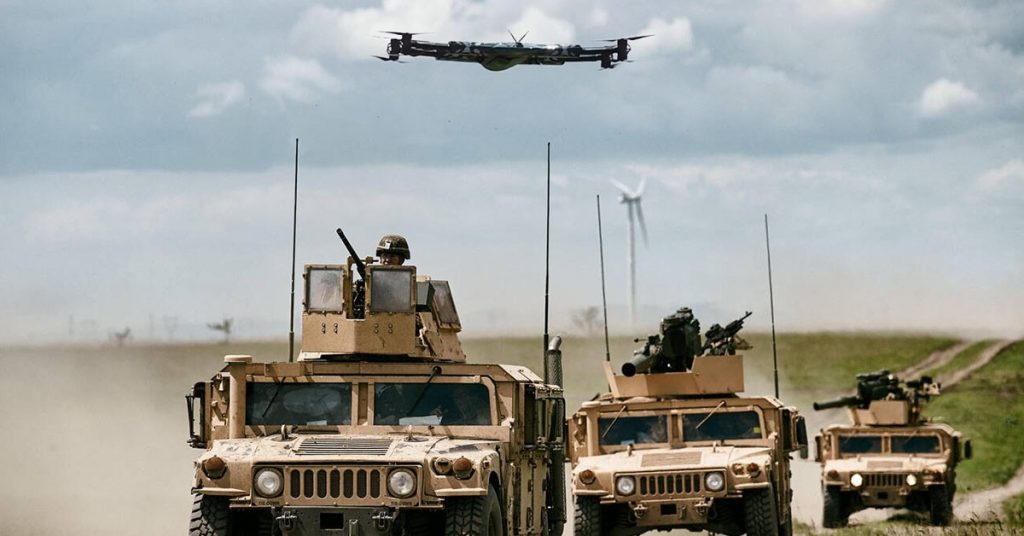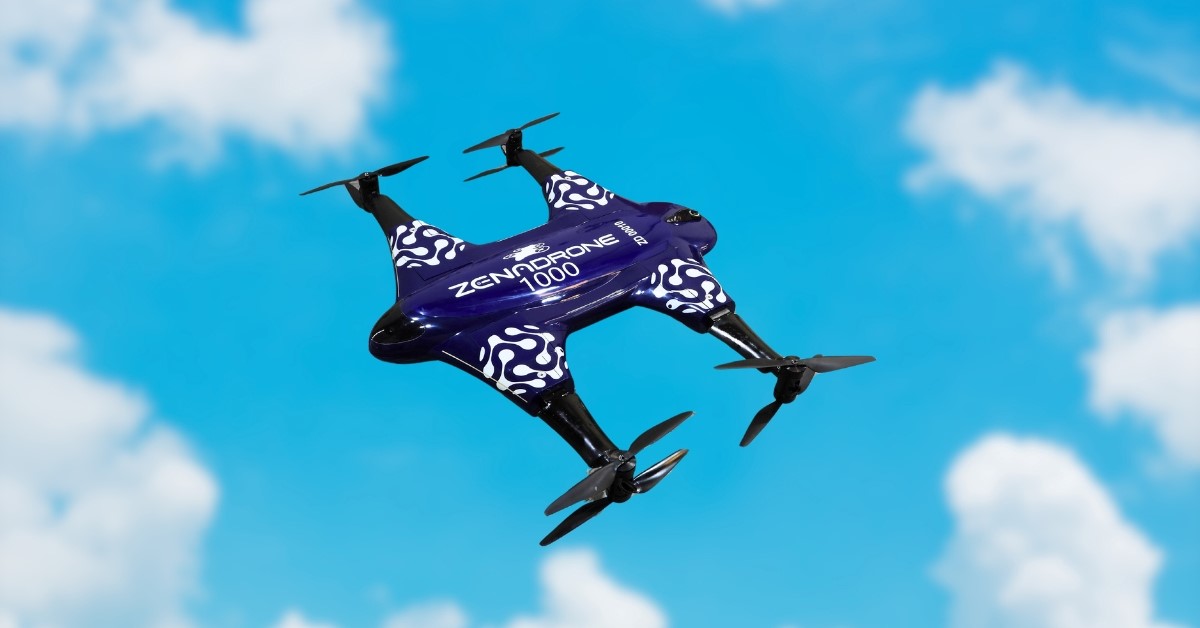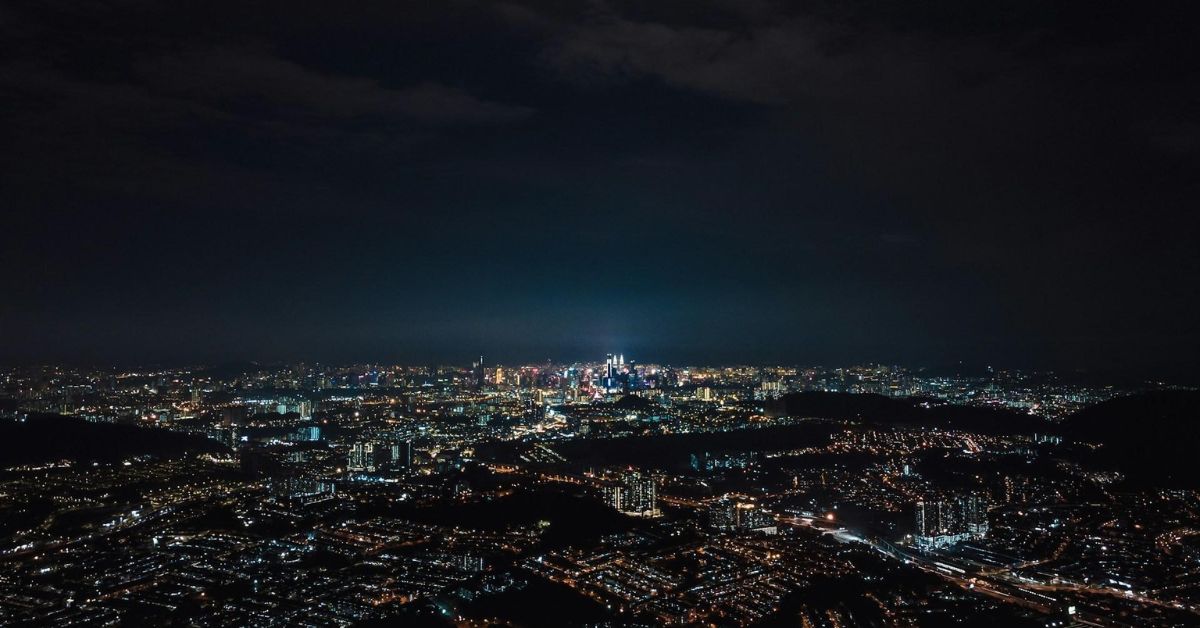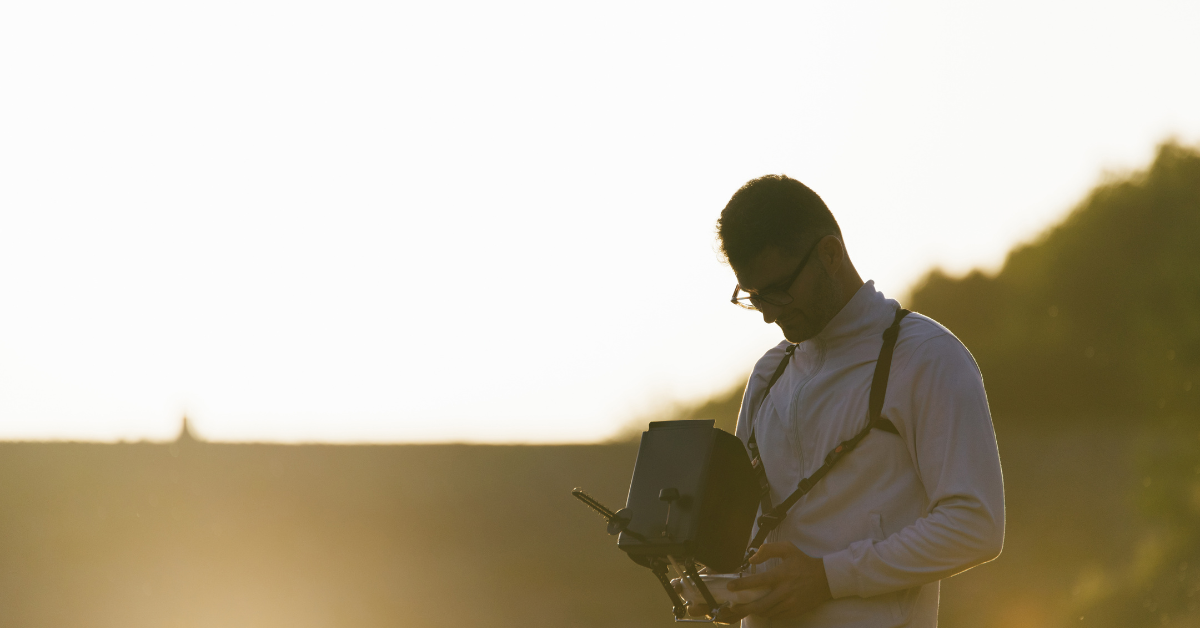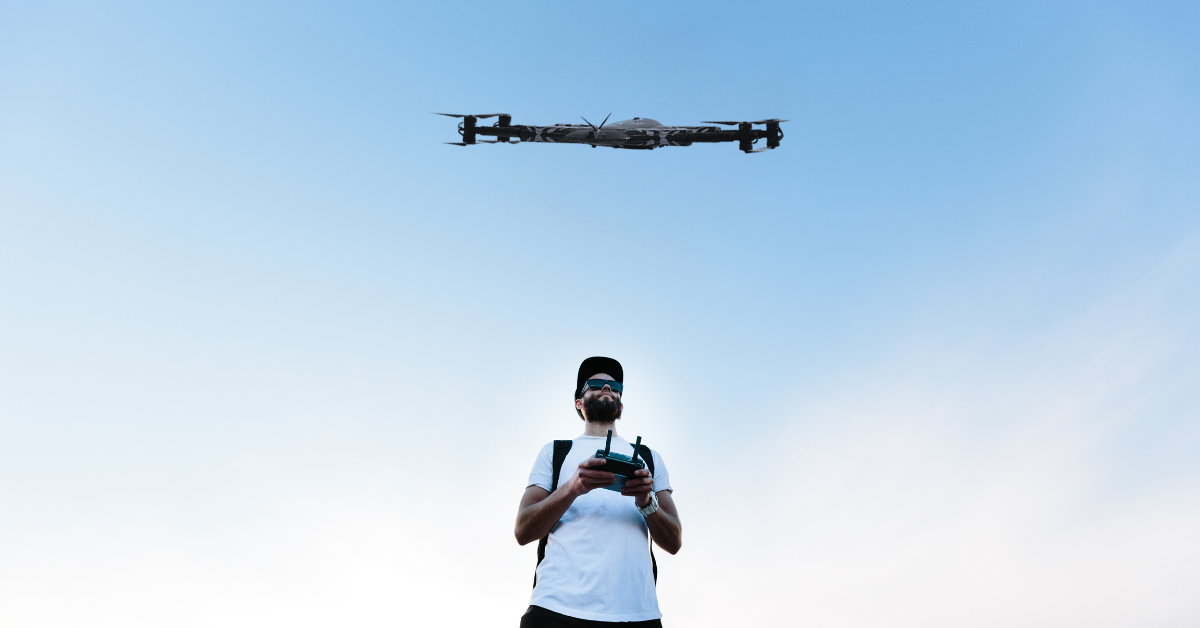Eyes In The Sky: Military Surveillance Drones And The Art Of Intelligence Gathering
Drones have allowed definite information collection in almost all military operations. Military UAVs made it possible to collect images that are effective and accurate. Long-range reconnaissance drones target specific threats with less collateral damage, improving situational awareness in changing scenarios.
Drones can conduct operations without endangering military personnel, allowing for greater discretion in using force. Increasing the effectiveness of drones in military operations and defense, new technologies and strategies are constantly developing. With a more practical approach, drones may advance in capability, enabling more accurate targeting and situational awareness.
UAVs will become an even more crucial weapon in the arsenal of contemporary militaries as technology advances.
The Effect Of Drones On Reconnaissance And Information Gathering
The method of gathering intelligence is now changing thanks to long-range reconnaissance drones. UAVs are priceless resources that can stay on the air for long periods and stream real-time data.
Drones can intercept communications in addition to gathering visual data. UAVs enable intelligence services to learn more about the movements of hostels and specific targets. Payloads and load-outs can be delivered right to target sites by using drones. This capability makes targeting possible, which considerably expands military operations’ flexibility.
The Revolutionary Influence Of Drones On Military Offensive And Defensive Tactics
Drone use by the military has fundamentally altered how to utilize offensive and defensive tactics. Traditional tactics need to enhance to compete with modern warfare. Military surveillance drones offer the following advantages:
- Expanded observation
- A lower number of casualties
- Improved accuracy
Military drones must be much more precise and accurate than drones used for recreation, construction, or agriculture. The costs of military UAVs are more costly compared to other sectors. Sophisticated algorithms and robust sensors can detect their surroundings and do the task assigned to them that are necessary. Military UAVs require specially designed flight control systems developed by experts in this field.
Five Advantages Of Utilizing Reconnaissance Military UAVs
Military drones require specially designed flight control systems developed by experts in this field.
Here are the five advantages of long-range reconnaissance drones:
- Fewer Civilian And Military Personnel Casualties
Military drones lower the number of humans needed for high-risk tactical missions and overseas deployment. The use of drones compared can limit the number of civilian casualties by using precision drones. Drones can also gather credible information on operations to aid recovery and safety efforts.
- Adaptability
The UAVs’ adaptability permits quick reactions to terrorist strikes or recently obtained intelligence. Hence, armed drones are controllable remotely from a great distance, and many operations are automated. Moreover, the UAVs’ adaptability permits quick reactions to terrorist strikes or recently obtained intelligence. Adaptability lessens a personnel’s chance of making mistakes while executing an operation.
Drones can perform various tasks, including taking high-definition pictures, films, thermal imaging, etc. Data is sent and evaluated instantly rather than utilizing the time-consuming standard procedures. Many drones can do high or low-altitude inspections because they have different characteristics.
- Effective In Eliminating High-Value Targets
Armed military drones are incredibly effective weapons for countering terrorist group leaders and defending specific targets. Drones are capable of operating quietly in tight spaces and acquiring precise data. Features like infrared and thermal cameras can detect wirings and security systems that can otherwise alert targets.
- Efficient Interception
Drones can continuously monitor terrorists’ movements from the air, substantially impeding their operations and training. Drones can gather information and monitor activities safely with various sensors and cameras. They are, therefore, perfect for conducting surveillance activities and monitoring essential locations like border areas.
- Cost-Efficient Technology
Drone prices are also moving in the direction of being more affordable as their uses grow more widespread. UAVs are less expensive to purchase, maintain, and fuel for inspections than airplanes or other larger aircraft. Users no longer need to acquire aerial lifts or any other machinery.
Four Disadvantages Of Military Drone Usage
Utilizing drones in daily military operations also comes with disadvantages.
- Dependent On Weather
In comparison to regular aircraft, drones are more susceptible to weather conditions. For instance, if the weather is terrible, the UAV will need help to maneuver correctly or capture accurate data. Current Technology is developing that allows maneuvering drones with more stability in adverse conditions.
- Legal Uncertainty
In nations that are not formally at war, strikes may occur secretly. Most analysts believe it’s illegal to employ high-altitude military drones in operations. Accountability, national sovereignty, and the legality of hostile actions present ethical and political questions.
UAV technology operates in a legal gray area. There are many conflicts between governmental regulations and state or local laws when handling where its legal to utilize drones. As a result, drone operators may only break the rules if they are aware.
- Privacy And Lack Of Transparency
While drone technology offers many advantages, it also has serious drawbacks. UAVs can invade someone’s privacy and are simple to operate. Although many people want to use drones to maintain safety, doing so may infringe on many civil rights. The lack of transparency and secrecy surrounding drone use undermines local governments’ legitimacy.
- Collateral Damage
Decisions about who is the enemy and who is a legitimate target of a drone attack are frequently contentious. In the context of the war, determining who is a militant and who is simply a sympathizer is difficult. According to some sources, 80-90% of those killed by drone strikes were civilians. It begs the question: How many were terrorists or actively assisting terrorists?
Military Drones In Surveillance And Reconnaissance: Impacting The Future Of Security
Military drones have had a significant impact on security and surveillance missions. Drones are becoming an increasingly important tool for both military and law enforcement organizations. UAVs can fly long distances and stay in the air for hours, making them a valuable asset for gathering information discreetly.
On the one hand, the tactical perspective includes cost-benefit analysis and operational benefits of long-range reconnaissance drones. On the other hand, the strategic and longer-term dimensions necessitate an examination of legal, political, and ethical implications. Numerous concerns regarding collateral casualties, legality, and lack of ethics exist, especially in foreign countries.
As Technology and legality continue to develop, military drones are a powerful tool for surveillance. Military Technology will likely continue to improve drone use to gain an advantage in battlefield operations.






